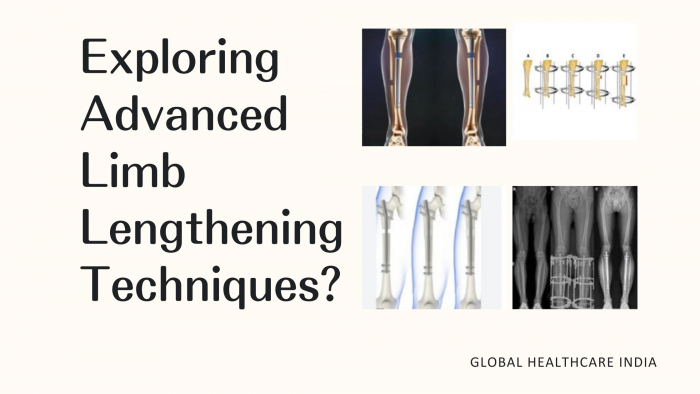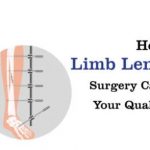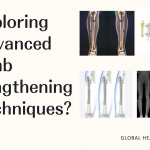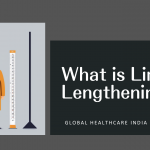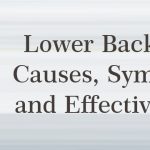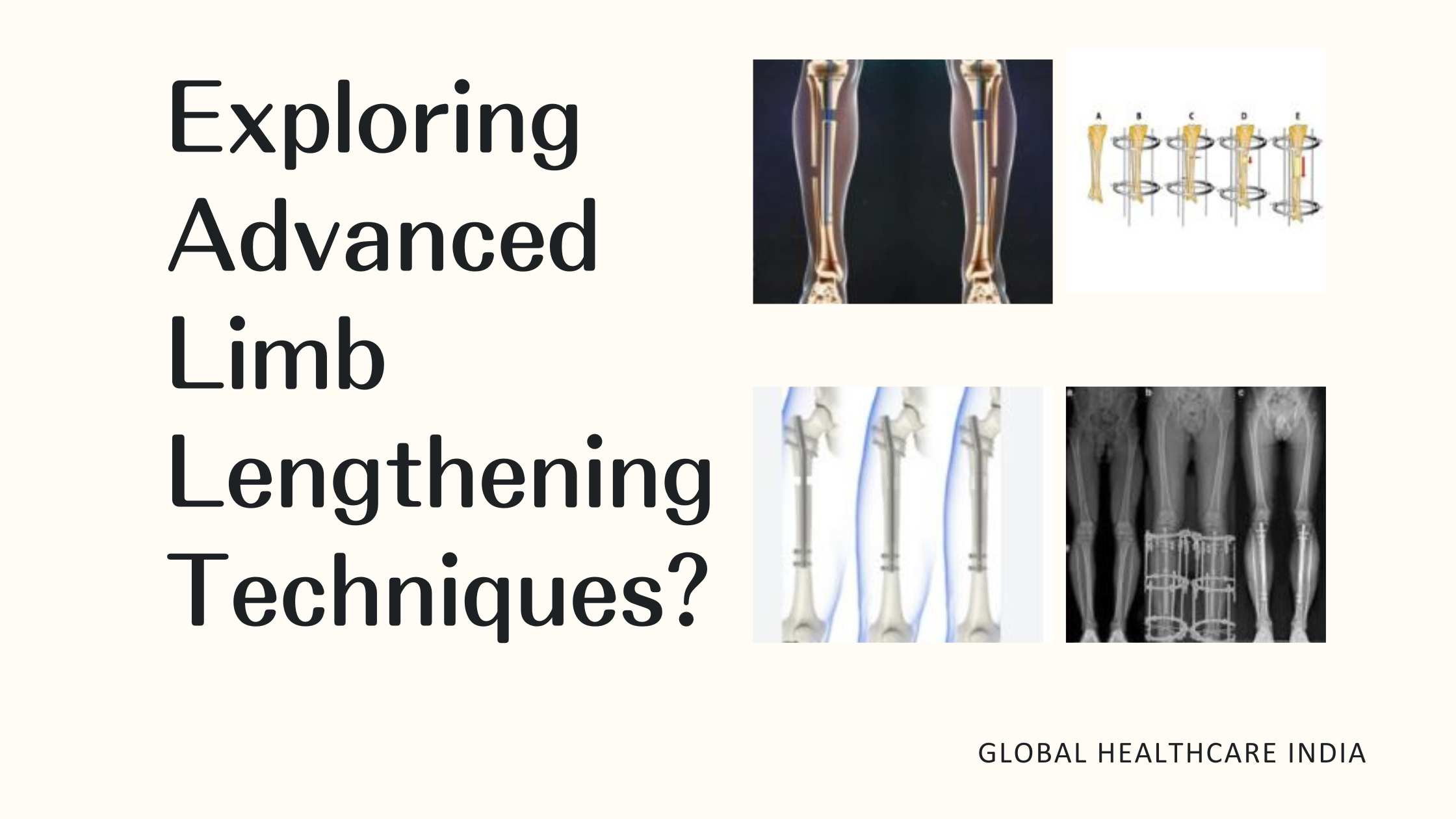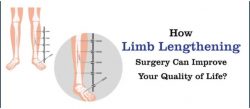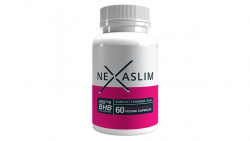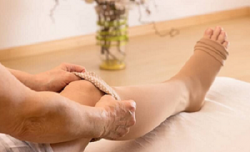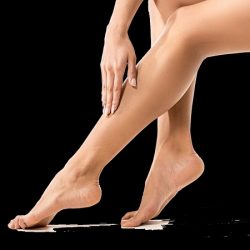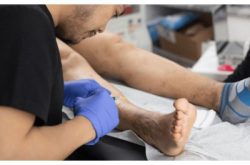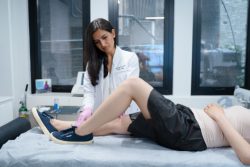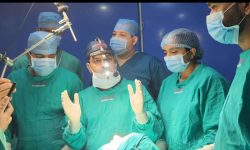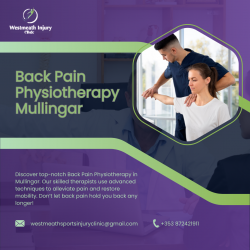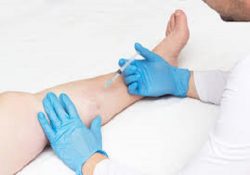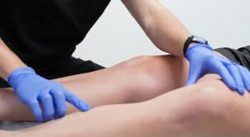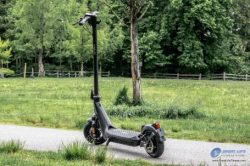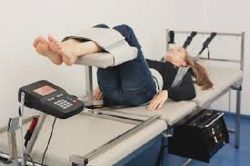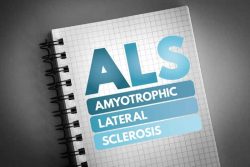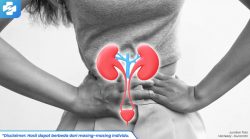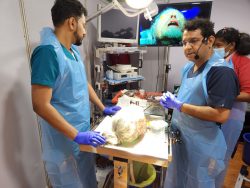Exploring Advanced Limb Lengthening Techniques ?
Exploring Advanced Limb Lengthening Techniques ?
In the quest for physical enhancement and corrective surgeries, limb lengthening techniques have emerged as a beacon of hope for those seeking to alter their stature or correct limb deformities. From traditional methods to cutting-edge innovations, the landscape of limb lengthening is vast and evolving. Let’s delve into some of the most prominent techniques used in this transformative field.
Ilizarov Technique:
This technique revolutionized limb lengthening surgery. It involves the use of an external fixator device, which applies controlled traction to the bone, stimulating new bone growth. The Ilizarov method allows for precise adjustments and gradual lengthening, minimizing complications and optimizing outcomes.
Advantages
Gradual correction: The technique allows for precise and gradual correction or lengthening of the bone, reducing the risk of complications.
Minimal invasive: Compared to traditional surgery, the Ilizarov technique is less invasive and may result in faster recovery times.
Versatility: The technique can be used to treat a wide range of orthopedic conditions, including complex fractures and deformities.
limitations and risks
- Pin tract infections: The wires or pins used to attach the external fixator to the bone can increase the risk of infection.
- Discomfort: The external fixator can cause discomfort and inconvenience for the patient during the lengthening or correction process.
- Lengthy treatment: The treatment process with the Ilizarov technique can be lengthy, requiring several months or even years to achieve the desired results.
Internal Lengthening Nail (ILN):
Unlike the external fixator used in the Ilizarov technique, ILN is an internal device implanted within the bone. This innovative approach offers several advantages, including reduced risk of infection, improved comfort for the patient, and shorter recovery times. With ILN, the lengthening process occurs internally, eliminating the need for bulky external apparatuses.
Advantages of ILN
- Reduced Infection Risk: Since the device is internal, the risk of infection is lower compared to external fixators.
- Improved Comfort: ILNs are more comfortable for the patient compared to external devices, as they do not protrude from the skin.
- Faster Rehabilitation: Patients may experience a faster rehabilitation process compared to external fixators.
- Less Scarring: The incision for ILN insertion is smaller, resulting in less scarring.
Considerations:
- Expertise Required: ILN placement requires specialized training and expertise.
- Monitoring: Patients using ILNs need regular monitoring to ensure proper bone healing and lengthening.
Internal Lengthening Nails have revolutionized the field of limb lengthening, offering a more comfortable and less invasive option for patients requiring limb length correction.
Precice Nail:
Building upon the principles of ILN, the Precice nail represents a significant advancement in limb lengthening technology. This motorized, telescopic implant allows for controlled lengthening through remote magnetic activation, enabling patients to adjust the length of their limb at home under medical supervision. The Precice nail offers unparalleled convenience and flexibility, empowering patients to actively participate in their recovery process.
Advantages
- Minimally Invasive: The surgery to implant the Precice Nail is minimally invasive compared to traditional external fixators, resulting in less tissue damage and faster recovery times.
- Gradual Lengthening: The lengthening of the bone is done gradually, allowing for new bone formation and soft tissue adaptation, which leads to better functional outcomes and reduced risk of complications.
- Controlled Lengthening: The lengthening process is controlled by the patient using an external remote control device, allowing for precise adjustments and minimizing the risk of overlengthening.
- Reduced Pain: Patients typically experience less pain during the lengthening process compared to traditional methods, as the gradual nature of the lengthening reduces stress on the surrounding tissues.
- Early Weight-Bearing: Patients can often begin bearing weight on the limb earlier in the recovery process, which can lead to improved muscle strength and joint function.
- Cosmetic Benefits: The Precice Nail is inserted inside the bone, which may be more aesthetically pleasing than external fixators, especially for patients concerned about appearance.
- Improved Quality of Life: Patients often experience improved quality of life following Precice Nail limb lengthening, as they can achieve their desired height or correct limb length discrepancies.
Limitations
- Cost: The Precice Nail and associated surgical procedures can be expensive, which may limit access for some patients.
- Risk of Complications: While complications are rare, they can occur and may include infection, nerve or blood vessel injury, and failure of the device.
- Length of Treatment: The lengthening process can take several months to complete, depending on the amount of lengthening required, which requires patience and commitment from the patient.
- Physical Therapy Requirement: Patients typically require physical therapy during and after the lengthening process to regain strength, flexibility, and function in the limb.
- Device Removal: In some cases, the Precice Nail may need to be removed surgically once the lengthening process is complete, which requires an additional procedure.
Bone Transport:
Bone transport is a limb lengthening technique that involves gradually moving a segment of bone to fill a gap created by a bone defect or shortening. This technique is commonly used in the treatment of conditions like limb length discrepancies, non-unions, and bone infections. Here’s a detailed look at the advantages and limitations of bone transport:
Advantages
- Natural Bone Regeneration: Bone transport stimulates the body’s natural bone healing process, leading to the formation of new, healthy bone tissue.
- Preservation of Soft Tissue: Unlike other limb lengthening techniques that may require extensive soft tissue dissection, bone transport preserves the surrounding soft tissues, reducing the risk of complications such as infection and poor wound healing.
- Customizable Lengthening: Bone transport allows for precise control over the lengthening process, enabling surgeons to achieve the desired amount of limb lengthening.
- Avoids Bone Grafting: In some cases, bone transport can eliminate the need for bone grafting procedures, reducing the risk of donor site morbidity and complications associated with grafting.
- Treatment of Complex Cases: Bone transport is particularly effective in treating complex cases of bone defects, non-unions, and limb deformities, where other treatment options may be less effective.
- Early Weight-Bearing: In certain instances, patients undergoing bone transport may be able to bear weight on the affected limb earlier in the treatment process compared to other limb lengthening techniques.
Limitations
- Lengthy Treatment Process: Bone transport is a gradual process that can take several months to complete, requiring patience and commitment from the patient.
- Risk of Pin Tract Infection: The use of external fixation devices in bone transport can increase the risk of pin tract infections, which require careful monitoring and management.
- Joint Stiffness: Prolonged external fixation and immobilization during bone transport can lead to joint stiffness, requiring rehabilitation and physical therapy post-treatment.
- Soft Tissue Complications: Despite efforts to preserve soft tissues, complications such as skin irritation, blistering, and necrosis can occur, necessitating close monitoring and intervention.
- Cost and Resources: Bone transport can be a costly and resource-intensive procedure, requiring specialized equipment, skilled healthcare professionals, and extended hospital stays.
